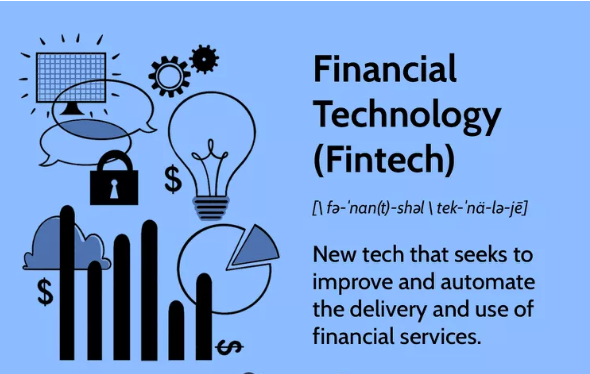The Role of Fintech in Modern Lending
The lending industry has undergone a massive transformation in recent years, thanks to financial technology (fintech). What once required a trip to the bank, stacks of paperwork, and weeks of waiting can now be done in minutes often from a smartphone. Fintech has not only made borrowing faster but also more accessible, personalized, and competitive.
What Is Fintech?
Fintech refers to the use of technology to improve and automate financial services. In lending, it means using software, algorithms, and data analytics to streamline the process of evaluating borrowers, approving loans, and managing repayments.
How Fintech Is Changing Lending
1. Faster Loan Approvals
Traditional lenders often take days—or even weeks—to process applications. Fintech platforms can approve loans in hours or minutes by using automated underwriting powered by AI and big data.
2. Greater Accessibility
Many fintech lenders serve borrowers who might struggle to get approved by traditional banks, such as those with limited credit history. By analyzing alternative data like utility payments, online transaction history, or gig economy income fintech expands access to credit.
3. Lower Costs
Online lending platforms have lower overhead compared to brick-and-mortar banks. This can translate into lower fees and competitive interest rates for borrowers.
4. Personalized Loan Products
Fintech lenders can tailor loan terms to individual borrowers based on real-time data and advanced analytics, creating more flexible repayment options.
5. Integration with Everyday Tools
Some fintech lending is embedded directly into the platforms people already use like Buy Now, Pay Later options at online checkouts or microloans within mobile payment apps.
Popular Types of Fintech Lending
-
Peer-to-Peer (P2P) Lending – Platforms match borrowers directly with investors.
-
Online Personal Loan Providers – Fast, unsecured loans for various needs.
-
BNPL (Buy Now, Pay Later) – Short-term financing for retail purchases.
-
Microfinance Apps – Small, quick loans for underserved communities.
-
Business Financing Platforms – Loans and credit lines for startups and small businesses.
Benefits for Borrowers: The Role of Fintech in Modern Lending
-
Speed and convenience
-
Broader eligibility criteria
-
Transparent terms and instant comparisons
-
Digital repayment tracking
Risks and Considerations: The Role of Fintech in Modern Lending
While fintech lending offers many advantages, it’s important to be cautious:
-
Some platforms may have higher interest rates for high-risk borrowers.
-
Not all fintech lenders are regulated like banks borrowers should check credentials.
-
Easy access to credit can lead to overborrowing if not managed responsibly.
The Future of Fintech Lending: The Role of Fintech in Modern Lending
As AI, blockchain, and open banking advance, lending will become even more instant, personalized, and borderless. We may see more tokenized loans, fully automated credit scoring, and global lending marketplaces connecting borrowers and lenders without traditional intermediaries.
Bottom line: The Role of Fintech in Modern Lending
Fintech is revolutionizing the lending landscape, making it faster, more inclusive, and more user-friendly. But borrowers still need to compare offers, read the fine print, and borrow responsibly to fully benefit from this new wave of innovation.


